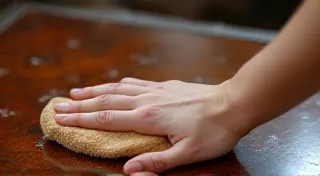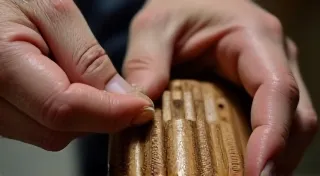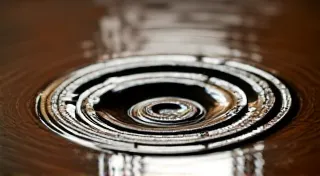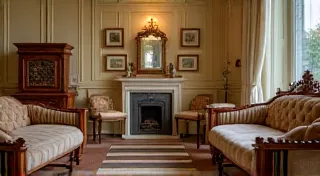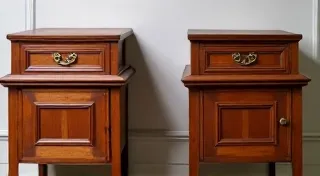Choosing the Right Wax for Antique Furniture: Types and Application
One of the most crucial steps in antique furniture restoration is protecting the finish. While cleaning and repair are essential, applying a protective layer like furniture wax is the final touch that safeguards your piece for years to come. But with so many options available, choosing the right wax and knowing how to apply it correctly can feel overwhelming. This guide will explore the different types of furniture wax and provide clear, easy-to-follow application techniques.
Why Use Wax on Antique Furniture?
Wax isn't just about aesthetics; it plays a vital protective role. Here's why antique furniture restoration often includes waxing:
- Protection: Wax creates a barrier against moisture, dirt, and everyday wear and tear.
- Enhancement: It deepens the color and highlights the grain of the wood, revealing the beauty of the antique.
- Sheen Control: Different waxes offer varying levels of sheen, allowing you to achieve the desired look, from a matte finish to a subtle luster.
- Breathability: Unlike some modern finishes, wax is breathable, allowing the wood to expand and contract with changes in humidity, preventing cracking or damage.
Types of Furniture Wax
The world of furniture wax can seem daunting, but understanding the core types simplifies the selection process.
1. Microcrystalline Wax
Characteristics: This is a softer, more pliable wax known for its excellent water resistance and durability. It’s often considered the "workhorse" of furniture waxes. It provides a good level of protection and can be buffed to a higher shine than other types.
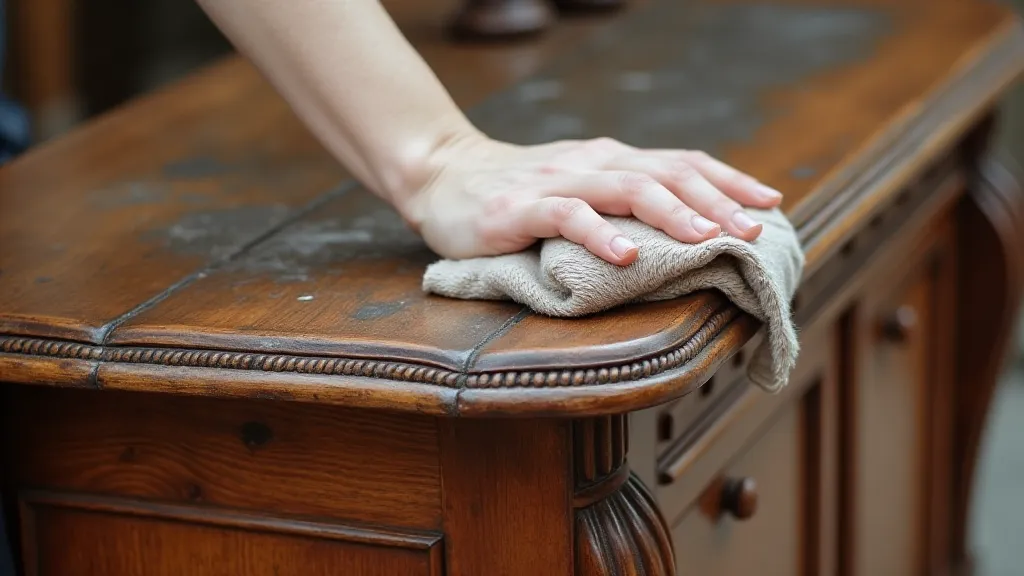
2. Carnauba Wax
Characteristics: Derived from the leaves of the Brazilian carnauba palm, this is the hardest and most durable natural wax. It offers a brilliant shine and provides exceptional protection. It's often blended with other waxes to improve workability.
3. Beeswax
Characteristics: A classic choice, beeswax offers a natural, slightly muted finish. It’s relatively soft and doesn't provide the same level of protection as carnauba or microcrystalline wax. However, it imparts a beautiful, warm glow.
4. Blended Waxes
Characteristics: Many waxes available commercially are blends of different waxes. These blends aim to combine the best qualities of each – durability, workability, and sheen. Read the product label carefully to understand the blend’s composition.
Applying Furniture Wax: A Step-by-Step Guide
Proper application is just as important as choosing the right wax. Here’s how to do it right:
- Prepare the Surface: Ensure the furniture is clean and free of dust and grime. Any existing wax should be removed using mineral spirits or a wax remover.
- Apply the Wax: Use a clean, soft cloth (lint-free is best) to apply the wax in thin, even coats. Work in the direction of the wood grain.
- Let it Dry: Allow the wax to dry completely, typically 15-30 minutes, depending on the product and environmental conditions.
- Buff the Finish: This is the crucial step that brings out the shine. Use a clean, soft cloth to buff the surface vigorously. Continue buffing until you achieve the desired level of luster. This process removes excess wax and polishes the finish.
- Multiple Coats (Optional): For extra protection, apply a second or even third coat of wax, following the same steps.
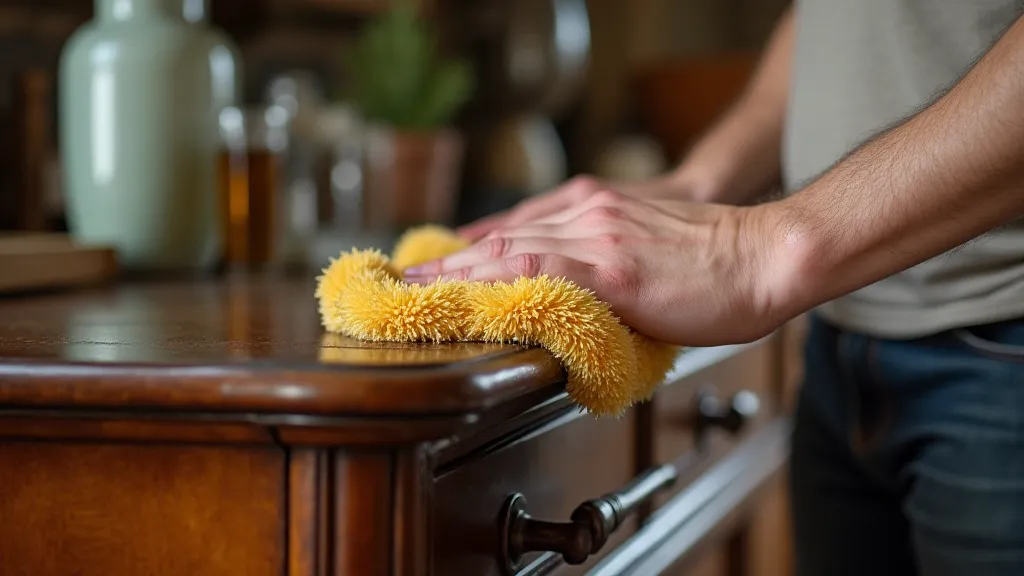
Tips for Success
- Test First: Before applying wax to the entire piece, test it on a small, inconspicuous area to ensure compatibility and desired results.
- Ventilation: Work in a well-ventilated area, as some waxes can have strong odors.
- Clean Your Cloths: Regularly clean your application and buffing cloths to prevent dirt and debris from scratching the finish.
- Less is More: Applying too much wax can create a sticky, uneven finish. Use a light touch and build up the layers gradually.
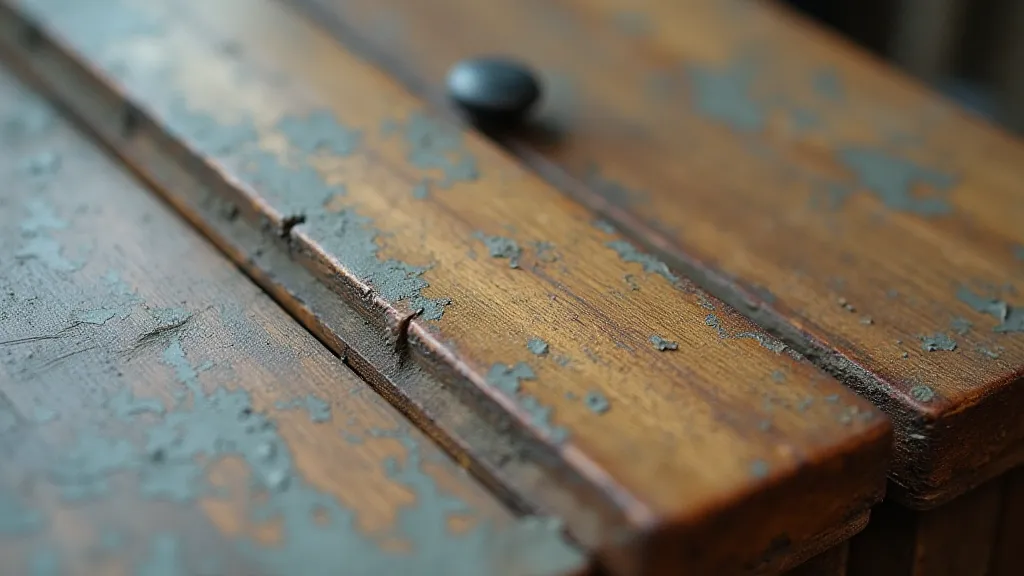
By understanding the different types of furniture wax and following these application techniques, you can protect and enhance the beauty of your antique furniture for generations to come. Remember to always prioritize careful preparation and a methodical approach for the best results.
